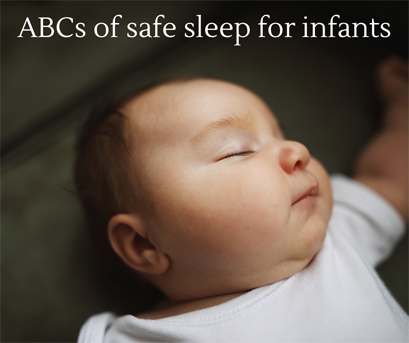The ABCs of safe sleep for infants
November 26, 2021
The Minnesota Department of Health is encouraging parents to talk to caregivers, whether it be a grandparent or a babysitter, about the ABCs of safe sleep.
Minnesota data consistently has shown that unsafe sleep environments account for nearly all unexpected infant deaths in Minnesota. Every year, about 50 or more Minnesota babies die suddenly and unexpectedly, and nearly all those tragic deaths happen in an unsafe sleep environment.
A key takeaway for parents and other caregivers is to know the ABCs of safe sleep:
- ALONE: Infants should always sleep or nap alone.
- BACK: Always put a baby on their back to sleep or nap.
- CRIB: Babies should always sleep or nap in their own safety-approved crib or play yard without blankets or pillows.
The importance of infants sleeping ALONE is mostly referring to not “co-sleeping” (when baby sleeps in the bed with a parent), and also includes no pets, and in the case of multiple children, it is suggested for each baby to sleep in their own crib/bassinette.
The American Academy of Pediatrics (AAP) recommends placing infants on their BACK to sleep. Between the ages of four and seven months infants often begin rolling over when placed to sleep on their back. This is a good sign they are getting strong enough to move themselves as needed, but do continue to lay the infant down on their back.
The CRIB or bassinette is the safest place for infants to sleep. Infant swings, car seats, beds, or couches are not recommended for sleeping infants. Crib mattresses are designed to be a bit firmer for safety. Pillows, blankets, crib bumpers, or toys should not be in the infant’s sleep area. To make sure the infant is warm enough without a blanket, it is recommended to dress them in one additional layer than the adults are wearing in the house, or to use an infant sleep sack.
Lastly, remember a safe sleeping environment is just as important during naptime as it is during nighttime sleeping.
